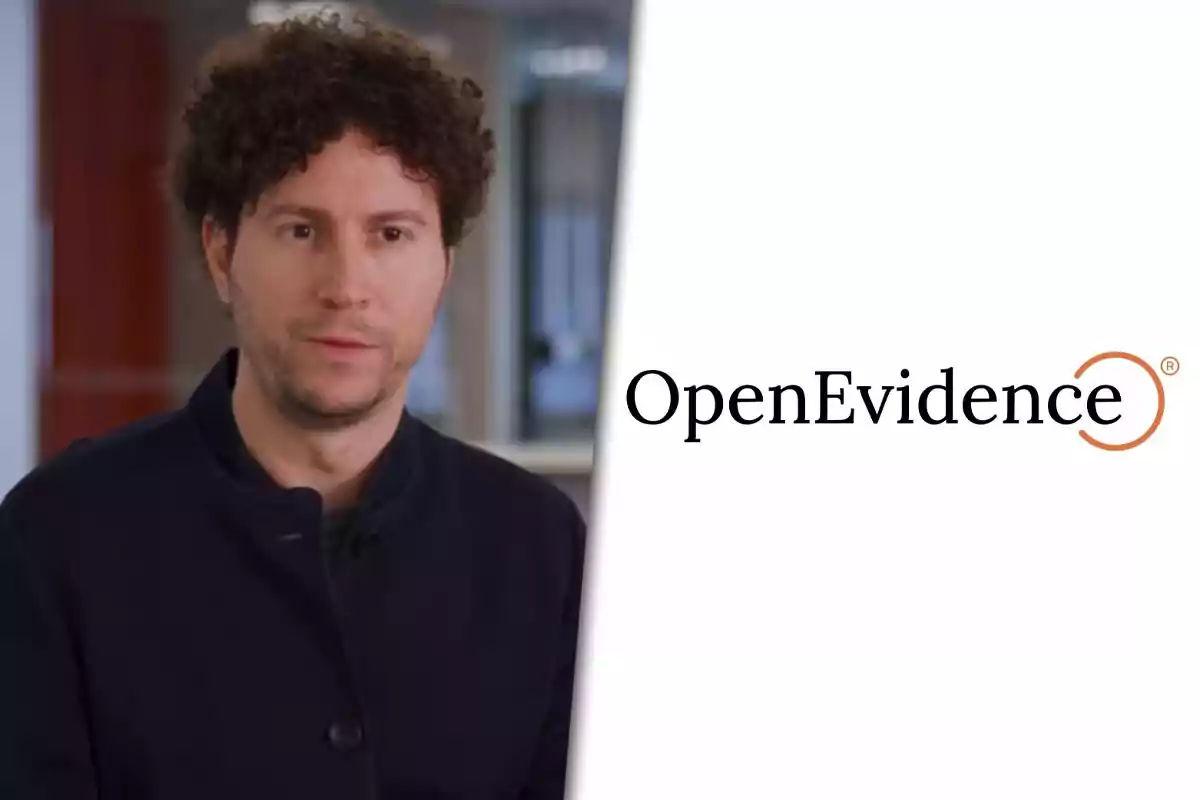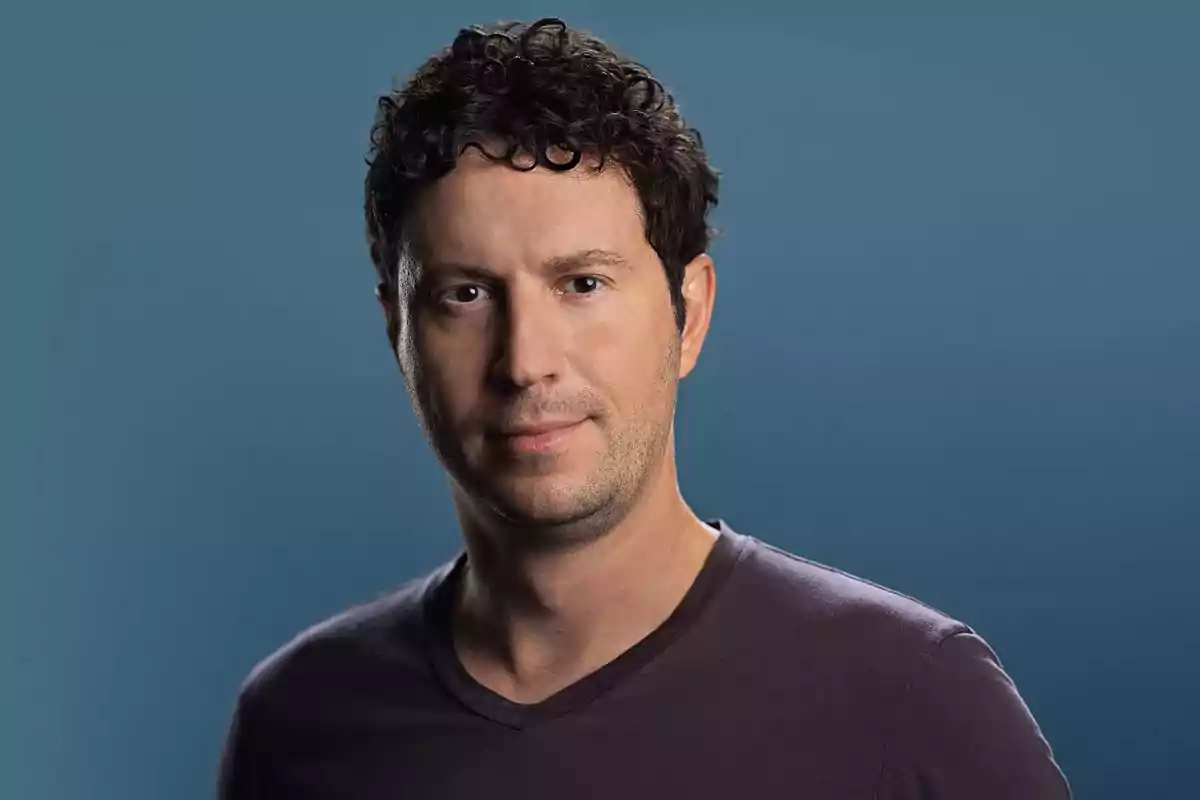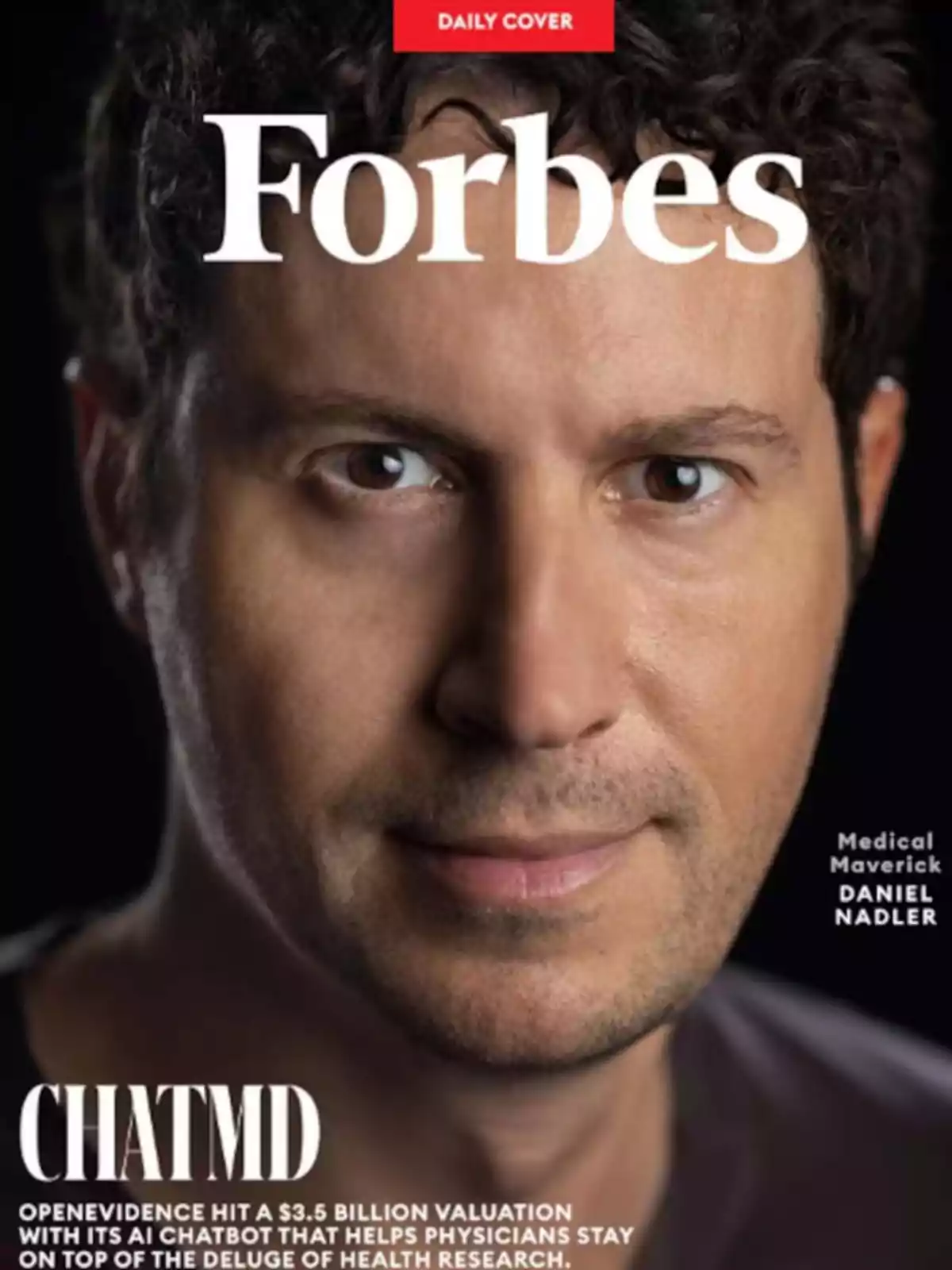
He created a free 'ChatGPT' for doctors and became a billionaire.
OpenEvidence already has 430,000 registered doctors and promises to transform healthcare with AI
The overload of medical information is one of the main challenges that healthprofessionals face today. With thousands of studies published every week, keeping up to date becomes almost impossible.
In this context, an entrepreneur trained at Harvard developed a tool based on artificial intelligence that has already transformed the clinical practice of thousands of physicians in the United States.

What is OpenEvidence and how did it originate?
This is a platform created by Daniel Nadler, an economist with a PhD from Harvard and experience in artificial intelligence applied to the financial world. In 2022, he launched OpenEvidence together with Zack Ziegler, with the mission of facilitating access to high-quality scientific information.
The idea arose after personal experiences: Nadler lost his grandfather due to a medical error and Ziegler accompanied his brother-in-law during cancer treatment. Both situations motivated them to create a system that reduces the margin of clinical error.
A platform for physicians, free of charge and without bureaucracy
OpenEvidence functions as an advanced search engine that analyzes millions of peer-reviewed medical papers. It provides quick, evidence-based answers without the need for regulatory approvals such as those from the FDA, since it doesn't offer diagnoses, but rather information.

Access is free for verified physicians. The business model is supported by targeted advertising, mainly from pharmaceutical laboratories.
Growth that doesn't stop
OpenEvidence has been adopted by 40% of physicians in the U.S., reaching more than 430,000 users and adding 65,000 new registrations per month. The platform processes about 8.5 million clinical queries each month.

Currently, it is valued at 3.5 billion dollars. It is backed by investors such as Google Ventures and Kleiner Perkins, who also supported companies like Amazon and Google.
From Wall Street to public health
Nadler had already sold a financial analytics startup for 700 million dollars. Now, his bet is much more ambitious: using AI to improve lives and alleviate one of the greatest burdens faced by healthcare systems.
“We want OpenEvidence to be for medicine what Google was for the Internet”, stated one of the project's main investors.
More posts: